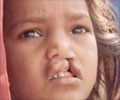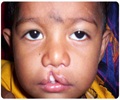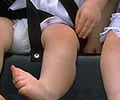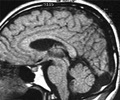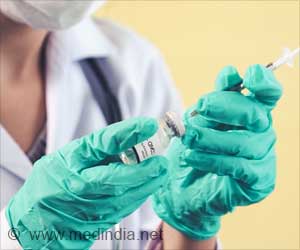A birth defect is a structural or functional abnormality present at birth. Types include genetic, structural, and metabolic.
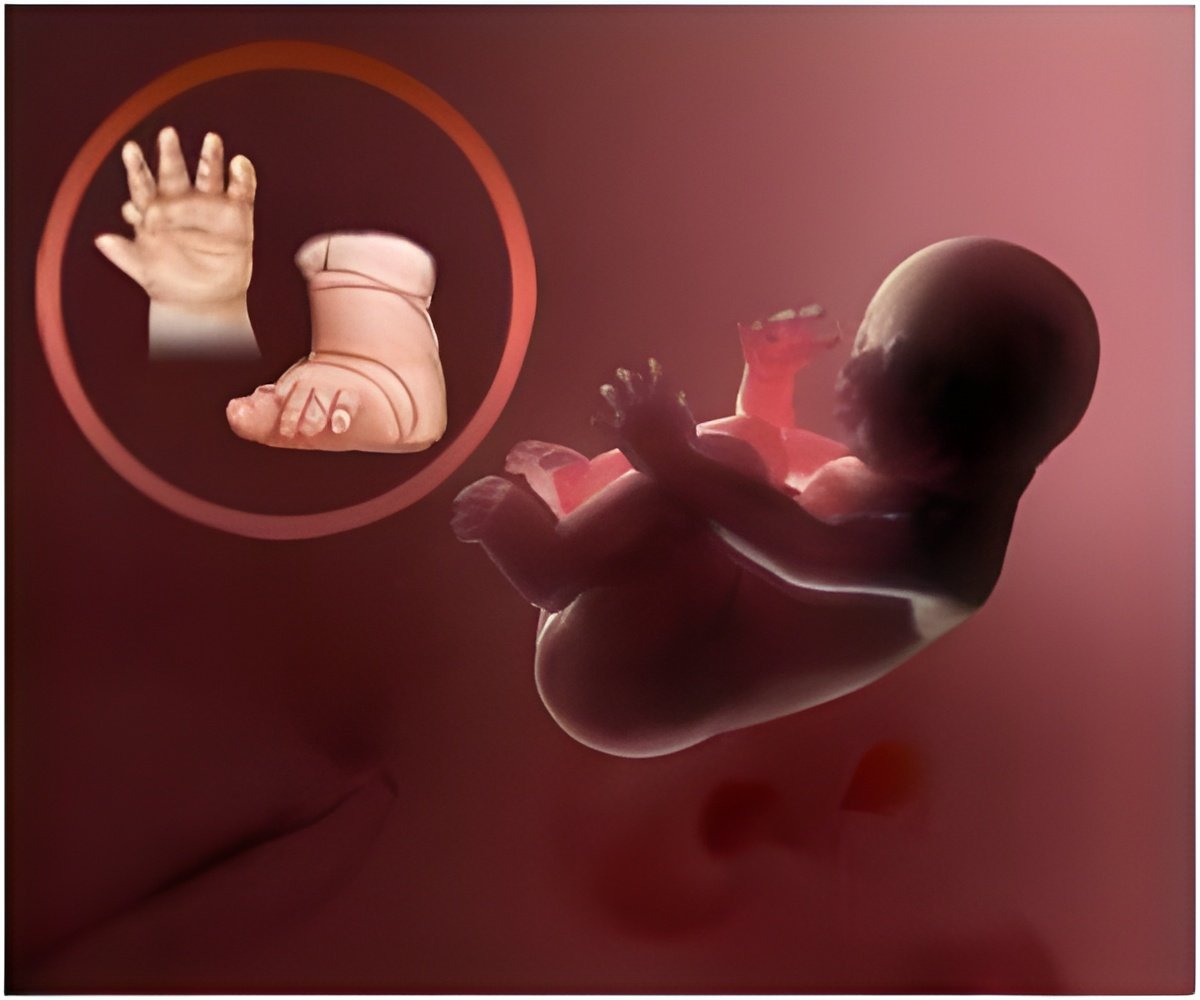
‘Raising awareness on World #Birth_Defects_Day, March 3rd. Every child deserves a healthy start. #WBDD #BirthDefects’





World Birth Defects Day
World Birth Defects Day (1✔ ✔Trusted SourceWorld Birth Defects Day
Go to source), observed annually on March 3, aims to raise awareness about congenital anomalies and promote prevention, early detection, and better care for affected individuals. It highlights the need for strong healthcare interventions, including vaccinations, prenatal care, and newborn screening, to reduce birth defect-related mortality and morbidity. The day also encourages global collaboration to improve healthcare policies and support families affected by birth defects.
Beyond mortality, birth defects also contribute to severe morbidity, often overlooked in public health discussions. WHO has urged governments to enhance awareness, improve healthcare responses, and invest in preventive measures to mitigate the impact of congenital anomalies.
¡ Many birth defects are preventable through health system interventions, ¨ Wazed noted. She emphasized the importance of rubella vaccination, managing infections during pregnancy, and addressing environmental factors such as pollution, lifestyle choices, and socioeconomic conditions affecting pregnant women and fetuses.
WHO has called for increased investments in healthcare infrastructure to support early detection and management of birth defects. Expanding newborn screening programs and strengthening birth defect surveillance systems were highlighted as critical steps toward reducing mortality and improving health outcomes.
Wazed also stressed the need for greater investment in women, girls, adolescents, and vulnerable populations to ensure better maternal and child health.
Advertisement
Reference:
- World Birth Defects Day - (https://www.worldbirthdefectsday.org/)


